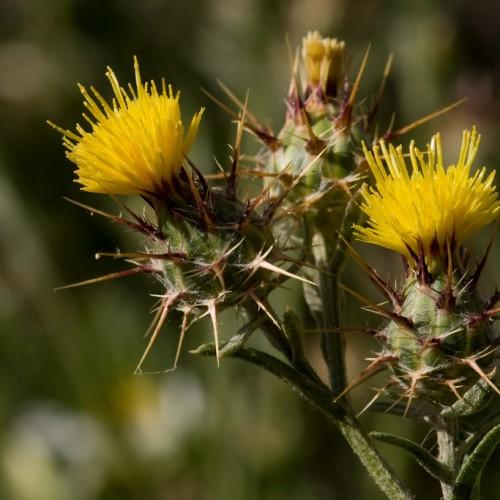
Maltese Starthistle
Centaurea melitensis
Watering:
Average
Hardiness Zone:
Sun:
full sun
Leaf:
Yes
Growth Rate:
High
Drought Tolerant:
Yes
Salt Tolerant:
Yes
Thorny:
Yes
Invasive:
Yes
Care Level:
Medium
watering
Maltese Starthistle needs regular, yet occasional watering schedules that suit the growth habits of the plant. This drought-tolerant species prefers minimal water and doesn't like to be over-watered - which can result in root rot. The soil should be slightly moist throughout the growing season, but well-draining, so water can be applied every 7-10 days or when the top inch of soil has dried. During periods of extreme heat, increase the frequency to every 5-7 days. In the winter, allow the soil to almost dry out between waterings. Maltese Starthistle will need slightly more water during the summer months than in the fall and winter months, and even less water during periods with excessive rainfall.
sunlight
Maltese Starthistle (Centaurea melitensis) prefers full direct sunlight and grows best in hot climates. The plant requires at least 6 hours of sunlight each day for optimal growth. The sunniest times of day for the plant would be from 10am to 4pm, when the intensity of the sunlight is strongest. The plant also enjoys some light shade during extreme heat to prevent overwatering.
pruning
Maltese Starthistle should be pruned twice a year, in the spring and in the fall. In the spring, pruning should be minimal and only needed shoots should be trimmed back to the desired shape and size. The objective should be to maintain desired shape, height, and bushiness. In the fall, more extensive pruning should be done, removing any weak or dead stems and rejuvenating the plant. In addition, lateral branching above the ground can be trimmed to help the plant maintain a more balanced and natural shape. Prune only when necessary and remove no more than 1-third of the foliage at a time to reduce stress on the plant.
